
History
The rich history of Katon-Karagay is a perfect basis for cultural tourism. Here, at the shoe of the highest Siberian mountain, along the banks of Bukhtarma river, Kazakh and Russian traditions have merged into one gorgeous pattern. Traditions, tales, legends, memories and history, museums and natural blessings.
«Katon - the place where it all starts.»
The mountains on Kazakhstan side of Altai system still contains traces of human presence that date from IV-III centuries B.C., plus prints of early Turkic period (IV-V centuries A.D.) and marvelous artifacts from early XVIII century when Old Belivers started to inhabit these territories.
Saka period Berel mounds. Herodotus: “Gold-guarding vultures”
In first millennium B.C., the vast territory of Northern India, Afghanistan, Middle Asia and Southern Kazakhstan was inhabited by numerous tribes that had one collective name. Herodotus (V century B.C.) and other ancient Greek historians called them “Asian Skythians”. Later, in III-II century B.C., some Chinese literature sources mention term “Yuezhi” - a powerful union of Central Asian nomadic tribes.
Achaemenid cuneiform sources mention 3 groups of Saka tribes: Saks-Khaumavarga (those who cook “hauma” drink), Saka-Tigrahauda (those who wear pointed hats) and Saka-Paradaraya (those who live across the ocean).
Saka belong to Europeoid race. According to O. Ismagulov, an anthropologist, the anthropological type of Saka contains only 20% of Mongoloid elements.
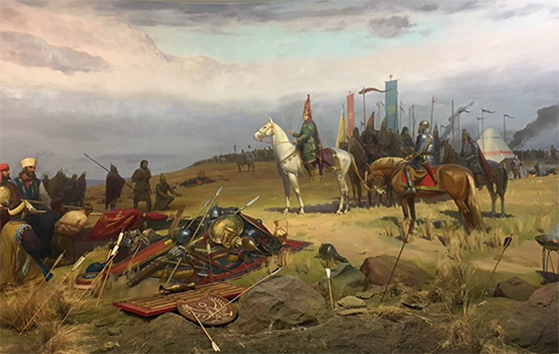

Transit international trade has started during Saka reign in Eurasian steppes, and connected West and East of the world - Mediterranean Sea countries and China.
Saka people worshipped the powers of nature that they idolized and deified. They had a cult of Sun and Fire. Animism, totemism and magic were common for Saka. But the dominant type of religion in Saka culture was the cult pf ancestors.
The most well-known cultural artifacts and conservations of Saka ethnicity on the territory of Kazakhstan are Tasmola conservations (mounds with “whiskers”); Besshatyr pyramids and Issyk mounds in Zhetysu (“seven rivers”); Shilikty burial sites in Zaisan and Souther Altai mountains; sepulchral complexes Uygarak and Tagysken in South Kazakhstan; monuments in Aral Sea region; mounds in Berel Valley in Katon-Karagay district, East Kazakhstan.
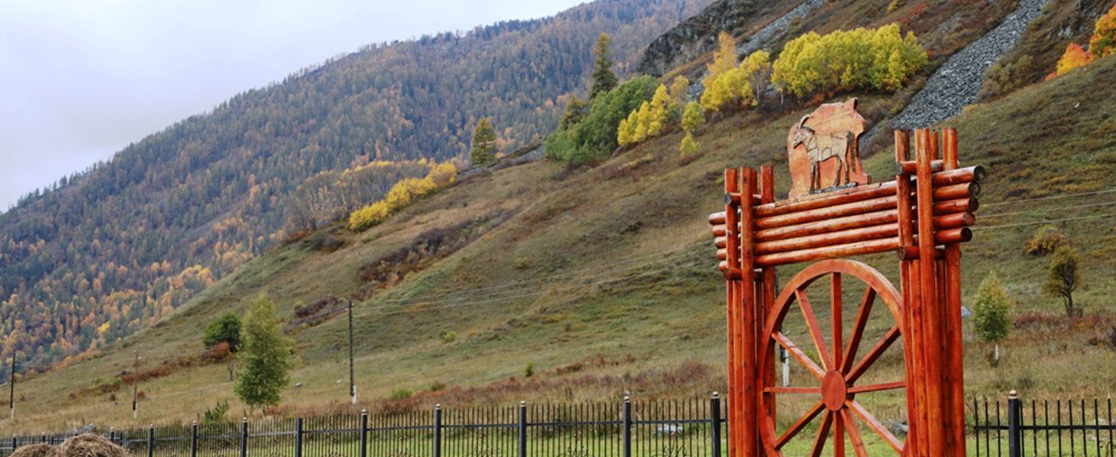
Saka’s culture was very developed for its time. The main part of Saka art was animal style or zoomorphic ornament. The masters of jewelry knew casting, presswork and could make marvelous pieces of jewelry from gold, silver, turquoise that would be used to decorate a man’s clothing, horse harnesses or household items.
Another sign of developed culture among Saka tribes is presence of writing system and written language. Saka society was at a very high step in socio-economic and cultural development at time of their zenith - it is firmly known that Saka tribes took part in most of memorable events of that period of history and have left a great mark in the world’s culture.
One of the greatest examples of Saka culture in Katon-Karagay are Berel mounds - a set of burial sites and mounds from V-IV century B.C.
The peculiarity of Berel sites is the permafrost technology that helped to save even samples of organic items. Tourists can visit museums and burial sites.
Bukhtarma masons / Kerzhaks / Old Believers, 1720-1740s
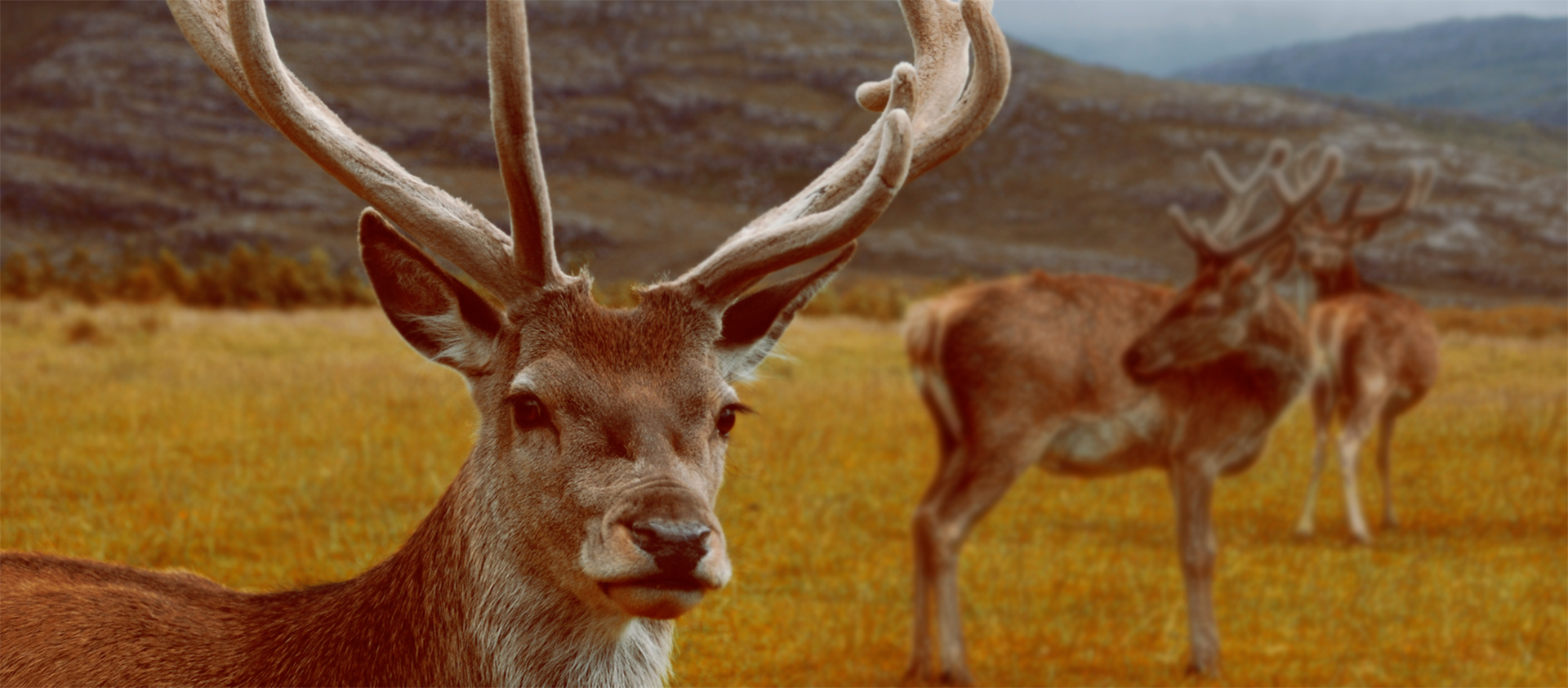 Old Belivers
Old Belivers
Why do Old Belivers play a great historical role in Kazakhstan history? There is a thought that it was them who started domestication of marals in Altai region and developed the field that is still the most important and prioritized in Katon-Karagai. The East Kazakhstan region (and Katon-Karagai district in it) is the only region in the country that has maral breeding on a commercial scale.
Tourists from all around the world come to Altai health resorts to taste healing herbal tea and liquors made of maral (red deer) horns, to spend time in baths with maral horn essences and warm themselves in phyto barrels.
The Old Believers ran to Kazakh part of Altai from different places (partially from Kerzhenets priories, partially from Siberian penal, partially from Rudny Altai plants) in 1720s-1740s, when this land was still owned by Dzhungars.
In 1756 China has defeated Dzhungars, and this land has been the matter of conflicts for a long time. In 1770s Russian Empire has augmented its power over the land between Irtysh and Bukhtarma rivers and allowed several hundred people (some of whom were born here) to stay.
But those people were not recognized as Russians! And this was how they lived since 1791.
They were called "Bukhtarma masons" (a.k.a. “hill-men”), who looked like Russians, spoke in Russian but paid yasak (tax in kind) and could not be called to serve in army. Such decision was the best option for everyone at that time - Old Believers had other beliefs and other traditions, and they sticked to them.
It seems that here, in this area, the Russian people have got their own kind of Shambala imagination - Belovodye (White Water) and some “masons” were looking for it for years, moving across Belukha mountain and settling in Uimon valley .
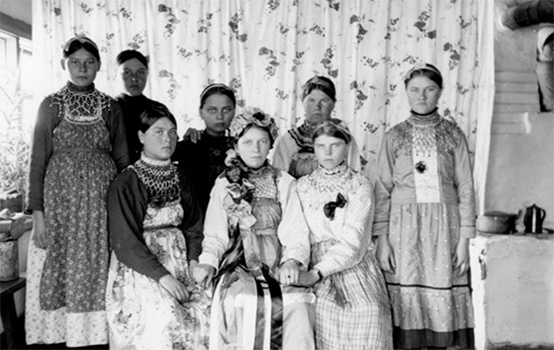
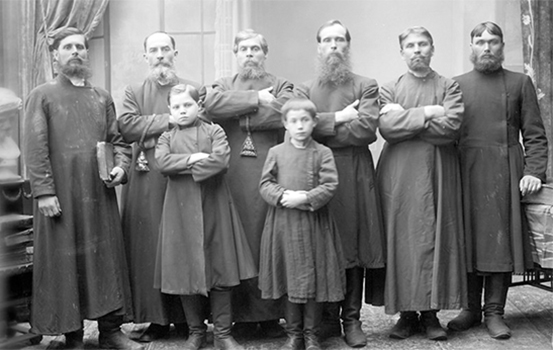
By 1791 there were more than 30 small settlements with only several houses in them. When Old Believers were legalized, those villages united into 9 bigger villages, which still exist at the same place, between Katon-Karagay and industrial part of Altai.
Kerzhaks* were one of the very first Russian speakers in Siberia. They were the ancestors of “masons”, and their off springs have contrasted with those who came after them. But masons almost completely assimilated due to common origins. Later, all Old Belivers were called “kerzhaks”. You can find Kerzhak hunting lodges in Godforsaken places that have almost zero contacts with outside world.
The main source of cultural and historical tourism - museums.
At the moment, there are 4 acting museums in the district, and each one is unique in its own way.
-
State Historical Cultural preserve museum “Berel”;
-
School-museum in Chingistai village;
-
School-museum in Korobikha village;
-
Local history museum in Ulken Naryn village.
But museums only are not enough to make a wholesome picture of a land.
Ethnic composition and acculturation
According to the census survey, about 80% of the population in Katon-Karagai is Kazakh, about 18% are Russians and some other nations: Tatars, Germans, Belarus, Uzbeks, etc.
The common land has united Russians and Kazakhs, acculturated them - they started to exchange cultural particularities.
And nowadays, when you visit a Russian family, you can easily taste qurt and besbarmak (national Kazakh dishes) made by this family. And if you visit Kazakhs, they could feed you with borsch and sour cream, and even take you to Russian “banya” (type of sauna).
First half of XX century was full of blood and repressions, but it also became the time when a seed of big friendship between Kazakhs and Russian in Kazakhstan started its growth.
It would seem that two nations are completely different: different culture, different languages, different cuisine, religion, traditions - everything’s different! But the time before, during and after WWII has united them as never before.
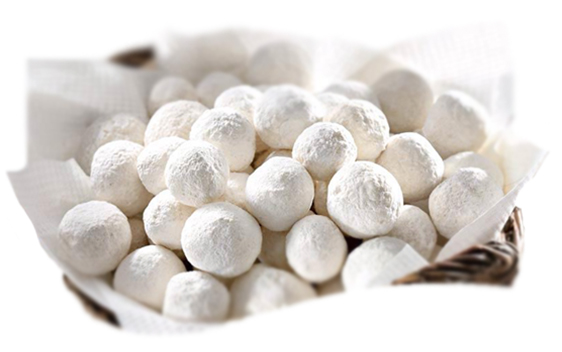
A touching history of qurt
(national Kazakh food, solid dried pieces of salty cottage) that Kazakhs were giving to prisoner women in ALZhIR (Akmolinsk Camp of Wives of Traitors to the Motherland) is a proof of the hospitality and kindness that Kazakhs are famous for.
From memories of Gertruda Platais, one of ALZhIR prisoners: “All camps are bad, but lots of those who were in Kazakhstan camps, survived, and they survived thanks to Kazakhs.”
Here, in Eastern Kazakhstan, at the edge of our county, among mountains and lakes, you will find people who will tell you a lot about past.
Why? What for? We will quote Michael Lomonosov’s phrase:
- Michael Lomonosov